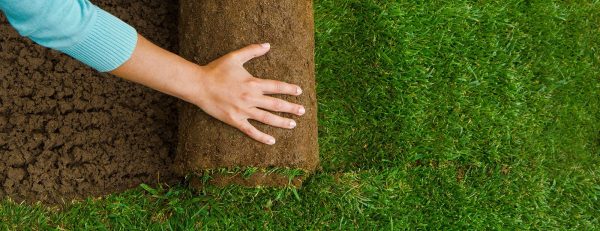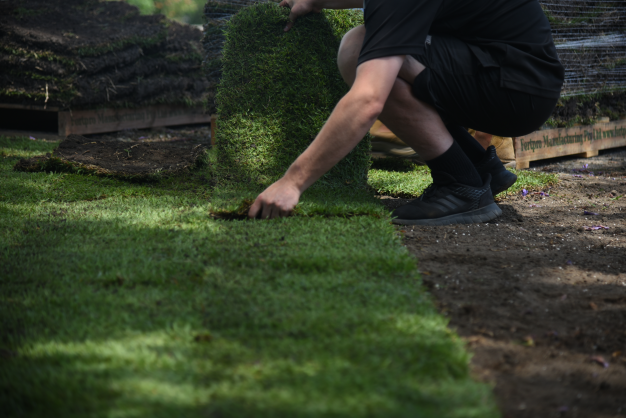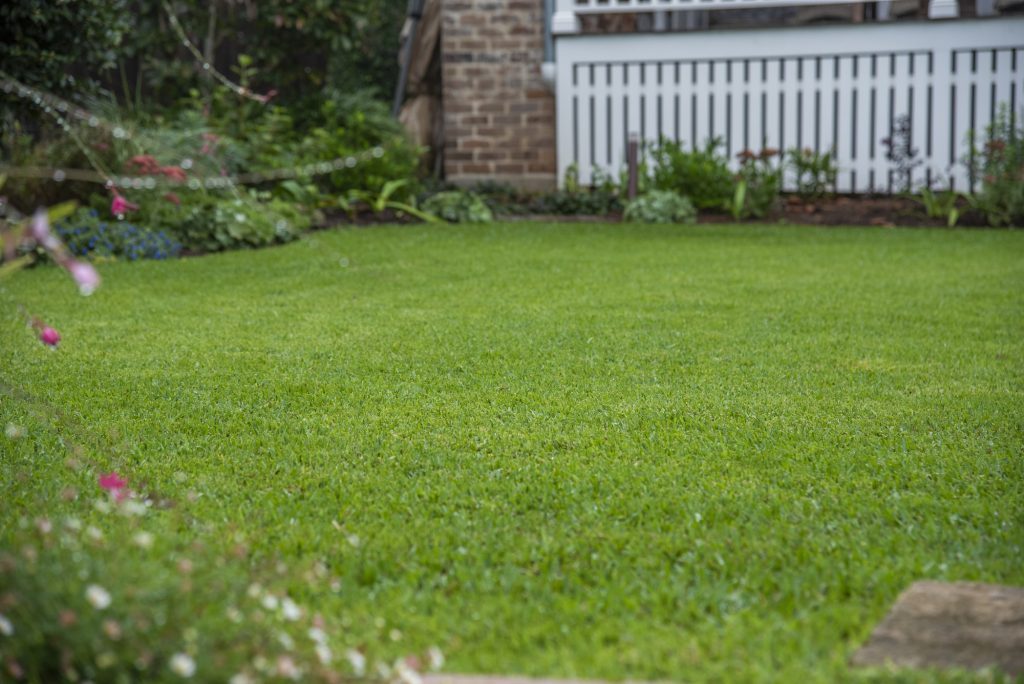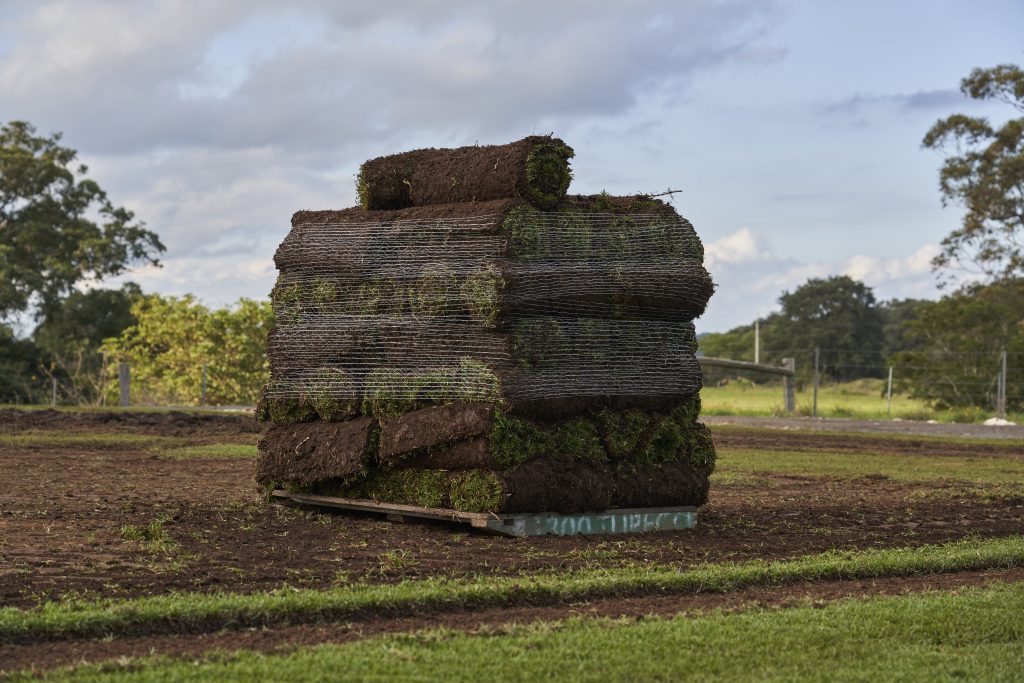Soil Temperatures and Dormancy
You might have noticed your lawn has gone into dormancy which means it is starting to slowdown in growth, where you are mowing less frequently, and the grass might also have lost a little bit of colour.
Most Australian lawns consist of warm-season grasses. Kikuyu, Couch, Zoysia and Soft Leaf Buffalo lawns are the most common types and fit into this category. As the name ‘warm-season’ suggests; that’s the time these grasses are actively growing and during the cooler months they slow down and can go into a certain level of dormancy; slowing growth and discolouring over winter.
Warm-season grasses will experience different levels of dormancy depending on your area. Dormancy is a protection measure lawn grasses use to withstand freezing temperatures and frost with the grass leaves thinning and drying out and the plant’s energy being stored in the lower parts of the grass stem and root areas.
Warm-season grasses like Sir Walter DNA Certified rarely go into full dormancy in Australia, as the winters don’t really get cold enough. As the weather starts to cool down, so does lawn care with the grass not growing, in most cases, as vigorously as it did through summer and early winter. This change in growth normally occurs in warm-season grasses at soil temperatures around 14 degrees Celsius. It’s not until soil temperatures consistently rise above this temperature that your lawn will start to speed up its growth again.

Can I lay A New lawn in Winter?
Whilst the warmer months in spring, summer and early autumn are the ideal time of year to lay a new lawn, winter is still ok – and there are even a few benefits in establishing a lawn in the cooler time of the year. There is a common misconception that installing a new warm season turf like Sir Walter DNA Certified can’t be done in cool conditions. This isn’t the truth, as turf is installed successfully all year round anywhere in Australia. In the warmer states, Like Queensland, Northern Territory and northern WA this isn’t really an issue as the temperature doesn’t get cold enough. But in NSW, Victoria, SA and southern WA cold winters put a doubt in our mind about laying a new lawn.
A benefit in laying a new lawn in winter is lower water usage. In the cooler months, you will not have to irrigate your new lawn anywhere near as much compared with the warmer months as the days are not hot enough to dry out your new turf. Whilst it still needs some water, you can virtually halve your water usage by laying turf in winter and still maintain a healthy lawn come spring. Just keep in mind, when laying a new lawn in winter the lawn will not root down properly until the weather warms up and it starts growing again. This doesn’t mean anything is wrong, and your lawn isn’t dying. It is simply sitting idle until it gets some warmer temperatures, so it can fully establish.
For more information on lawn care visit our Lawn Care Page.



